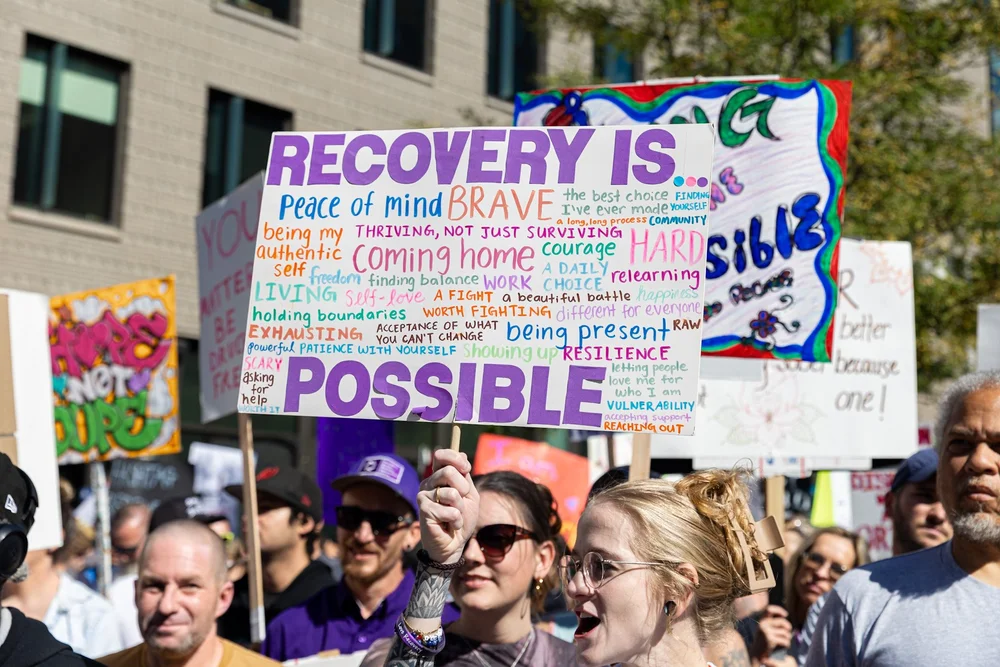How we exposed Denver’s homeless industrial complex | Vince Bzdek
In an era when information, misinformation, disinformation, AI-created information, and down-right lies all gets tossed together in the same Mixmaster known as the internet, we journalists believe it’s important for us to occasionally show our work. To let you know who our sources were, what documents we obtained, what our reporting method looked like, and why you can trust the information you’re reading in our pages.
Last week, we published an important report by investigative reporters Jenny Deam and Chris Osher on Denver’s homeless industrial complex, and why Denver’s approach seems to be perpetuating the problem rather than solving it.
This reporting took months, traveled a lot of blind alleys and overcame endless stonewalling from government officials. It required a stubbornness and stick-to-it-ive-ness that many information gatherers just don’t have the fortitude for any more. We wanted to give you a look at the sausage making today so you can know better what kind of return on investment you’re getting on the price of your subscription.
Jenny and Chris, what were your main takeaways from your reporting?
Deam: Very early on, I spoke with a couple homeless advocates, and they said the money is not going where you think it is. Which was a surprise. The advocates on the street were the first ones to raise the issue that, for all of the talk of housing first, that city policy wasn’t actually going in the straight definition of that model. It was going to quick fixes which were good political optics. That was the starting point.
With what Chris found in the numbers, and those numbers were bolstered by the experiences of actual people on the street in very different circumstances, whether they were in rapid rehousing, whether they were in a hotel or still on the street, they were all telling very similar stories that they really wanted a permanent home.
We approached this with a one-two punch of having the numbers that show the premise, and then having the anecdotal evidence that backed that up.
Osher: One of the things that was a little bit surprising was that we had really over a period of years become one of the most acute situations when it comes to homeless problems in the nation, which was backed up by the federal data, showing this metro region added more homeless individuals than any other metro region in the country and that those numbers had tripled. Just to see that growth in the numbers, I hadn’t expected that to be as pronounced as it was.
I think the story was really about outcomes. Yes, we all know there’s a homelessness problem here, there’s a homelessness problem across the nation, but in Denver, very specifically, the accountability piece of this is about the outcomes. The problem is, we’re throwing a lot of money at it and we’re not getting the results. If you looked at this in the private sector, and you said you’ve got a company that spends more and more money every year and your results are getting worse and worse, as CEO you would lose your job, or the company would have to change its business model. And at this point, Denver is doing neither.
A lot of people wrote to us and said, ”I’m so glad to see this data that we haven’t been able to get at.” Can you tell our readers how you got this data?
Osher: When I look at an agency, I like to look at what information streams the agency relies on, and early on in the reporting, there was this HMIS system (Homeless Management Information System) that all cities feed into and providers feed into that collects at a very granular level: individual service, what the outcome is when they exit, how long those individuals were staying in programming. Early on I put a CORA in (Colorado Open Records Act request) asking for the data sharing agreement. From that I could see they had a data collection system at the city. And I asked (via another CORA) how the city monitored contractors doing homeless services, and they gave me an idea what they did, which was quarterly site visits, so I CORA’d all those site visit forms. In those, I could see they were tracking spending and they were also tracking exit outcome data, and that let me know that the city itself has a system in which it tracks this permanency metric, which the city itself was saying was important.
And then I thought, I need to match it up with the budgets for these agencies. So then I went back and said, ‘For all these programs you provided exit outcome data for, will you also give me the budgeted amount (for each contractor) and the actual invoices?’ So it’s sort of like peeling an onion back, you go layer to layer to layer. That allowed some analysis that allowed us to show that the city was disproportionately financing programs that were very emergency-service based as opposed to finding permanency for people. And it was interesting, when you did more research you could see that the federal government really has emphasized that permanency is what you need to stress. And cities that were having much more success than we were are really stressing permanent housing.
How did you learn how to hunt down this kind of data?
Osher: Doing it for a long time you start to learn that one of the first things you want to do is start to look at operational manuals for how an agency judges itself. And some of it is being stubborn. It’s something you learn along the way, I guess. I went to an Investigative Reporters and Editors conference once and there was one editor for the Philadelphia Inquirer who said, “My stories are just, I ask a question, that leads to another question, and another question, and another question, and another question. So it’s just asking questions.’”
Jenny, you got some of the most vulnerable people in the city to talk to you. How did you do that, and what are some of the difficulties in that?
Deam: This is not an easy population to track down, and to talk to consistently. I cannot tell you the number of times that I set up interviews and people didn’t show up.
I don’t believe in the thing that a lot of young reporters do that I used to do and try to sugarcoat your questions. I’m not out to be their friend. I’ll be friendly with them, I care about everyone I talk to, but we’re not friends. Once I felt like we had a rapport, I would say, “How often do you use fentanyl? Why do you use fentanyl? What do you get out of that? This is bad for you, why are you doing it? Why are living on the street? Why did you make this choice?” If you’re authentic, they will be authentic. And they will be candid.
Sometimes, it’s also going back and going back and building trust. What I kept telling people is, I want our readers to understand that you are a real person. I thought it was important for the story to show that these are not just people you drive by. These are real people and they all have a story. For us to truly address the homelessnress issue, we needed to know: who are these people?
Chris, if you were mayor, what would you do about homelessness?
Osher: I really think part of what they have to emphasize is that they really need some wraparound services, case management. He [Mayor Johnston] has made gains. I think if you look at his Sheltering 2000 initiative, you do see them finding permanent housing, but those seem to be people who don’t actually enter the eight shelter sites that have been established, some of them former hotels, some of them microcommunities. I think there needs to be a lot of thought to getting intensive services. There needs to be a real emphasis on getting that case management piece, coordinating.
I found programs that had really strong permanent housing success. Jewish Family Service had an 86% success rate. I would expand programming to where you really see this permanent housing success.
Jenny, what do you think we need to find out more about?
Deam: I’m very interested in outcomes. Is it a reworking of philosophy? If you are rewarding contracts year after year to places whose stated mission is not in alignment with your stated mission, isn’t there a disconnect there? Because our reporting shows that you are perpetuating this problem. If you’re giving contracts to places whose stated goal, whose expertise, is in emergency services, and the city is saying our stated goal is to get people not just off the street but to get them into permanent housing, I’m confused and curious about the disconnect. We need to be thinking about the way we are rewarding these contracts. We need to not just rely on the big names that have these big reputations.
Osher: The one other thing that I would stress is that you’re going to also need more affordable housing. That is part of the mayor’s initiative. We didn’t really analyze that. But other reporters are looking at that. In addition to this, the high cost of housing is driving some of these outcomes.
Deam: In Houston, some of their emphasis is to offer robust incentives to landlords. Because I do think there is a reluctance to rent to people who are homeless, or have been homeless. Or whose whole living situation is a little bit sketchy. There may be some way to incentivize landlords.
Vince Bzdek, executive editor of The Gazette, Denver Gazette and Colorado Politics, writes a weekly news column that appears on Sunday.














